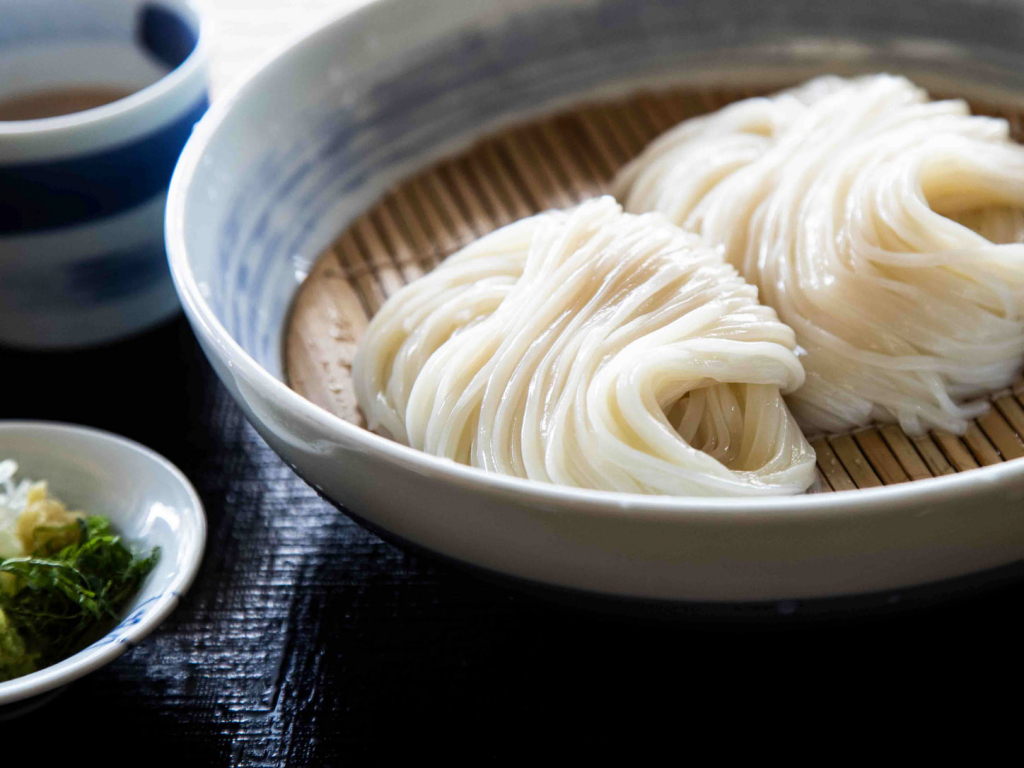In our “Art of Akita” series, we explore the region through the eyes of an artist to discover the unique characteristics of the region.
“The preparation of good food is merely another expression of art, one of the joys of civilized living” – Dione Lucas
Served with Simplicity: Sato Yosuke Inaniwa Udon
Honored as one of the three major udon types in Japan, Inaniwa udon is an Akita specialty often served at home. These thin, hand-pulled noodles look delicate and smoothly slide down the throat, but are still strong enough to not fall apart. For visitors, the most authentic noodle is served at Sato Yosuke, which boasts a recipe that has been closely guarded over 150 years. Served with simple sophistication, the Inaniwa udon is wrapped into two circles and accompanied by two sauces and a plate of iburi-gakko (a local pickled daikon radish). This dish is sure to please even the pickiest gourmand.
Sato Yosuke Shoten Flagship Store, sato-yoske.co.jp/en
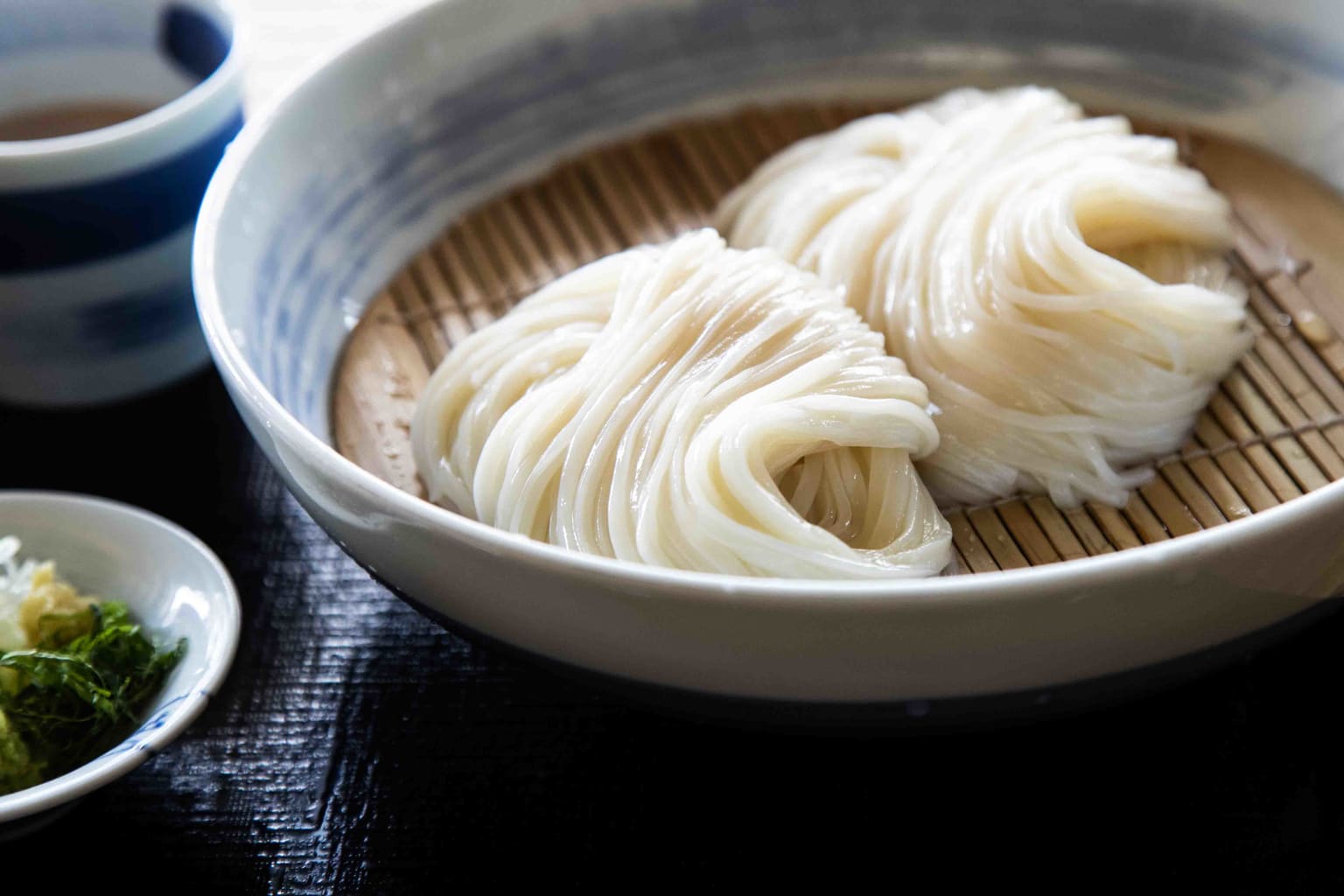
Artful Presentation: Ryotei Inaho
Ryotei Inaho is a traditional Japanese restaurant with a unique style and charm. The authentic vintage indigo-dyed cloth hanging at the entrance bears the characters 後藤 (Goto), chosen by the proprietress who has that surname. The restaurant’s pièce de résistance though, is its sumptuous kaiseki course menu, which weaves a story of seasonal local specialties and changes regularly. Blessed with a cornucopia of colors, fragrances and flavors, the kaiseki course offers a feast for the eyes and the stomach. One menu item staple is the kiritampo, a cylindrical rice cake on a stick painted with a layer of miso sauce, which you can grill yourself.
Ryotei Inaho, inaho.pepper.jp
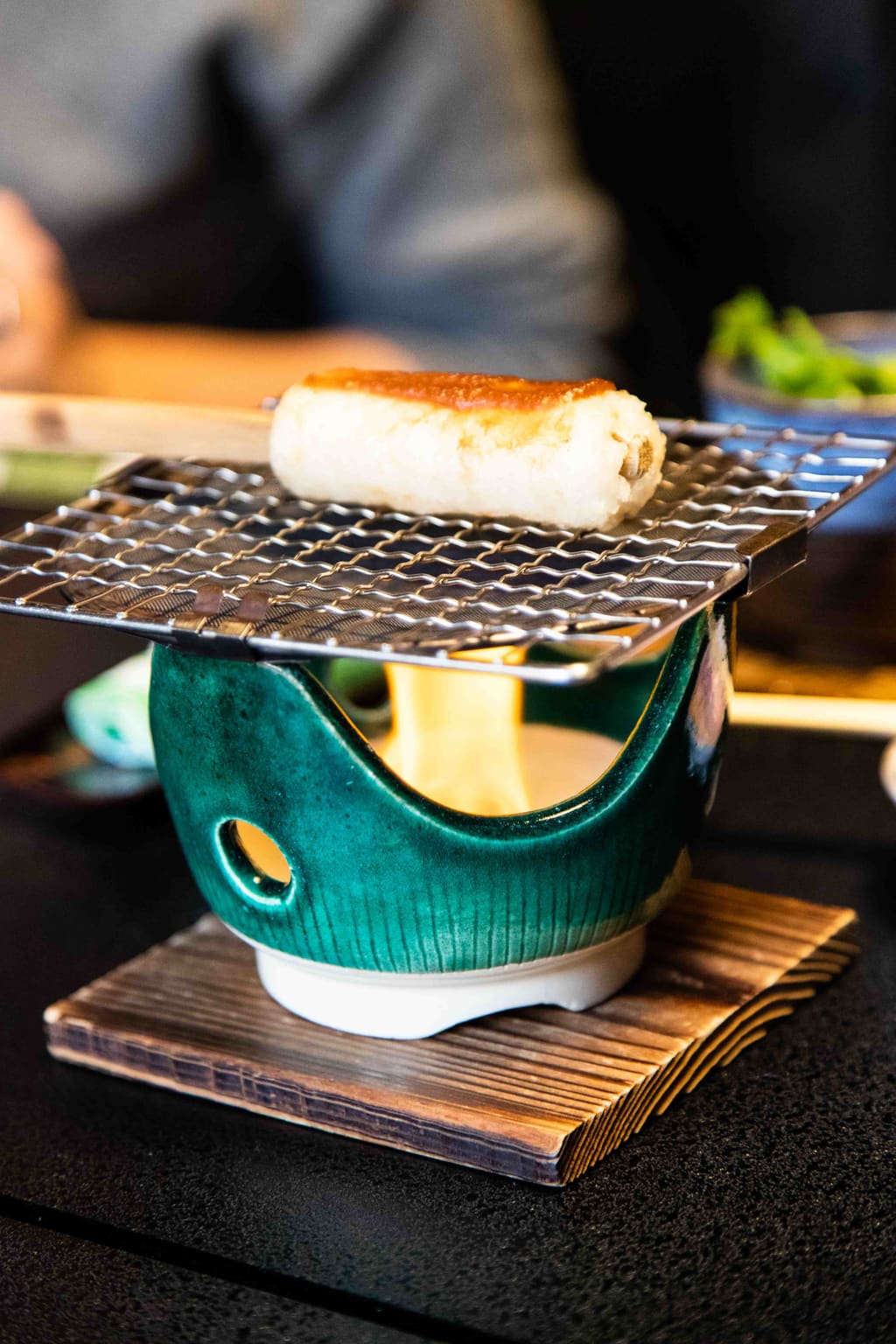
The Whole Picture: Yamamo Miso Soy Sauce Brewing Company
Founded in 1867 by Mosuke Takahashi and taken over just over a decade ago by descendent Yasushi Takahashi, Yamamo Miso Soy Sauce Brewing Company has a long history of innovation and dedication to the arts. Although the owners’ ideas have changed over the course of 150 years in business, the dedication to the craft and company remains the same. Making miso and soy sauce involves a sensitive fermentation process that requires the care and intense concentration of skilled craftspeople to make it come out just right. Yamamo uses only Akita Komachi rice, soy beans and salt in its recipe and uses about two to three times the amount of rice normally used to make miso.
The attention to detail is visible throughout Yamamo. Whether it’s the award-winning label designs or the traditional garden designed by the fourth generation owner, every item and every process is carefully considered before being implemented. Visitors can enjoy a tour of the brewery followed by a tasting session as well as a serving of soup. Those who wish to stay longer can explore the art gallery on the second floor and finish off with a cup of coffee and the brewery’s latest concoction — a decadent soymilk gelato with praline, nuts, miso, and soy sauce.
Yamamo Miso Soy Sauce Brewing Company, yamamo1867.com
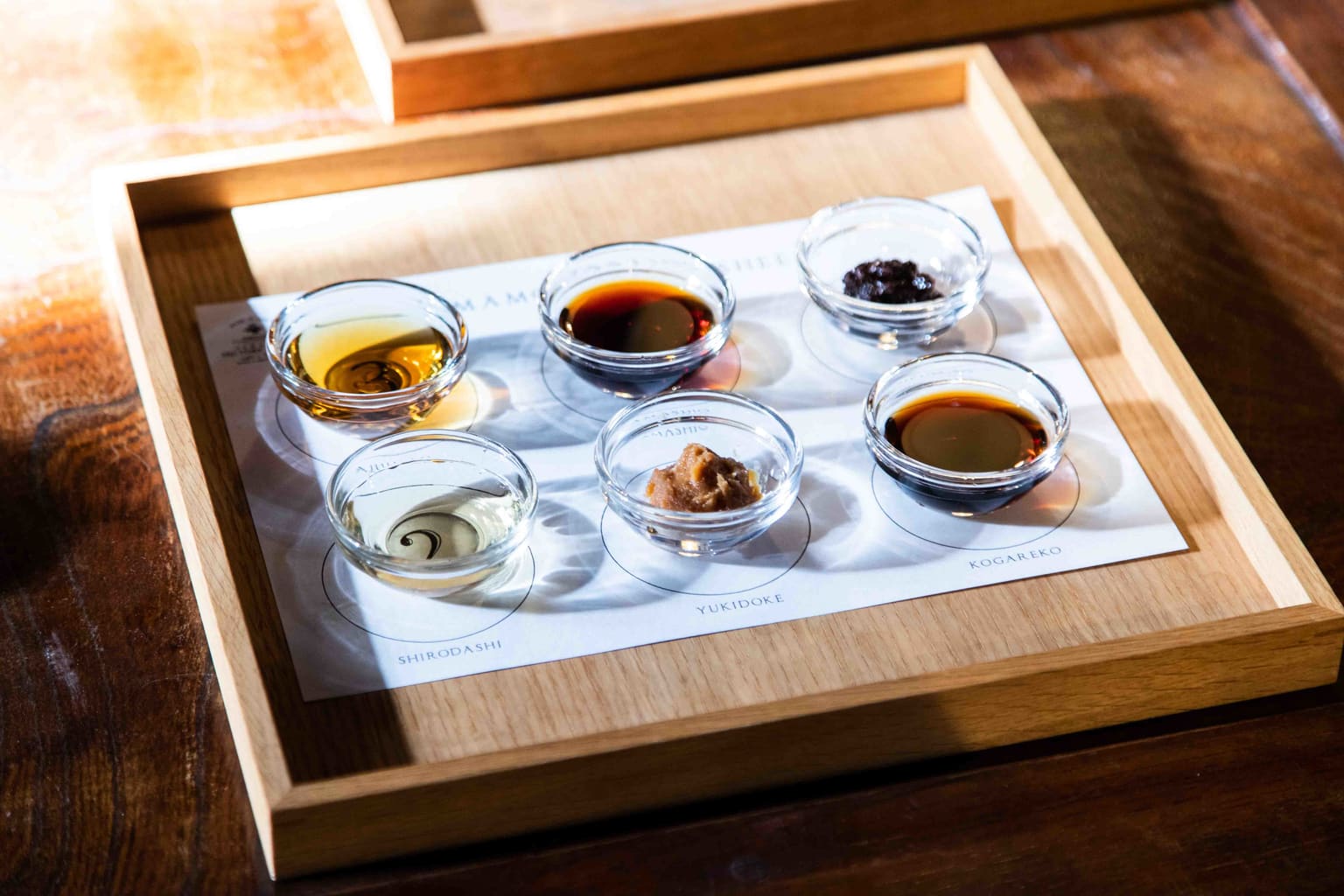
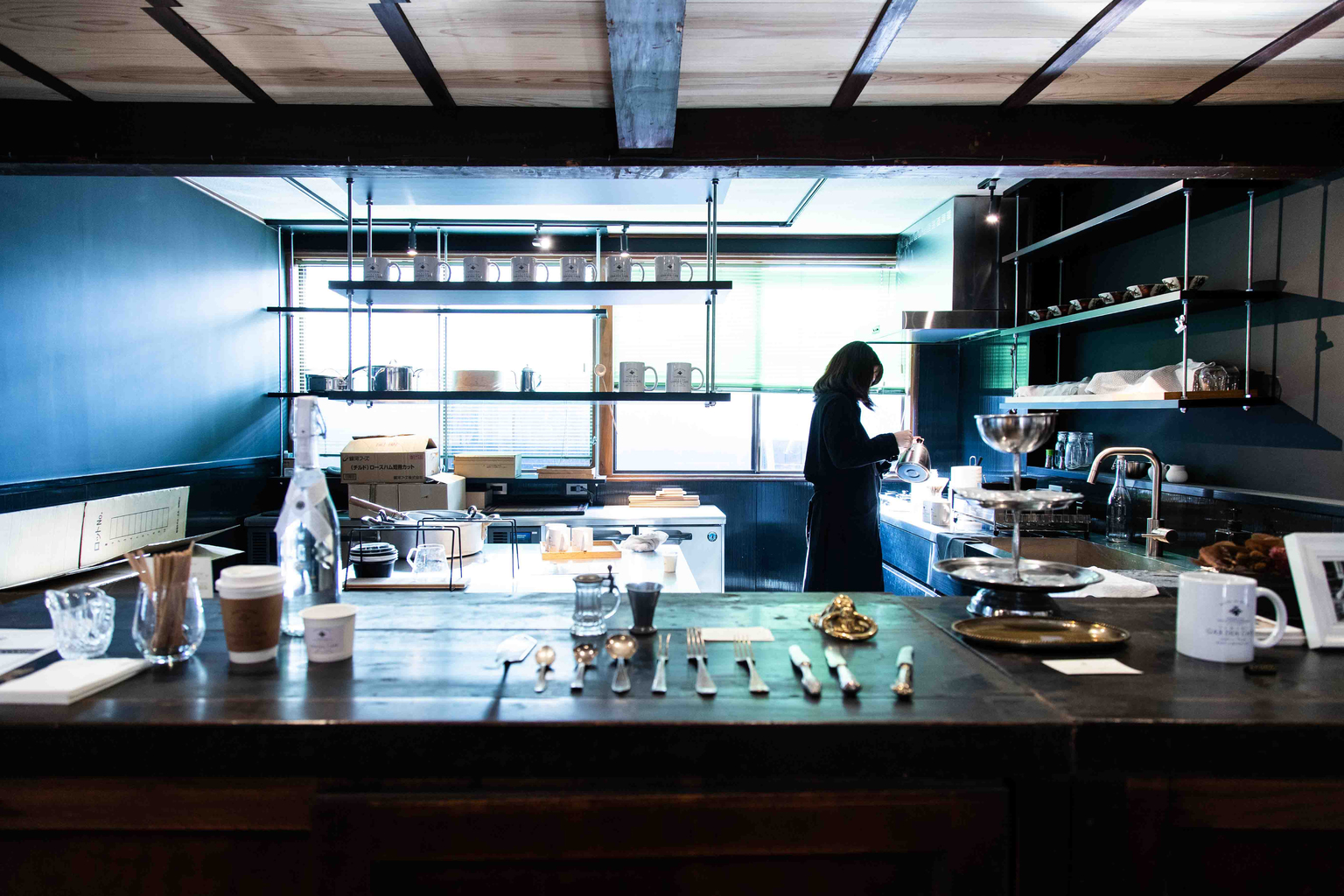
Photographs by Allan Abani

